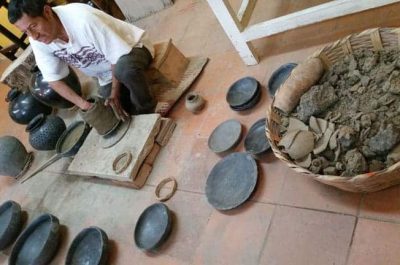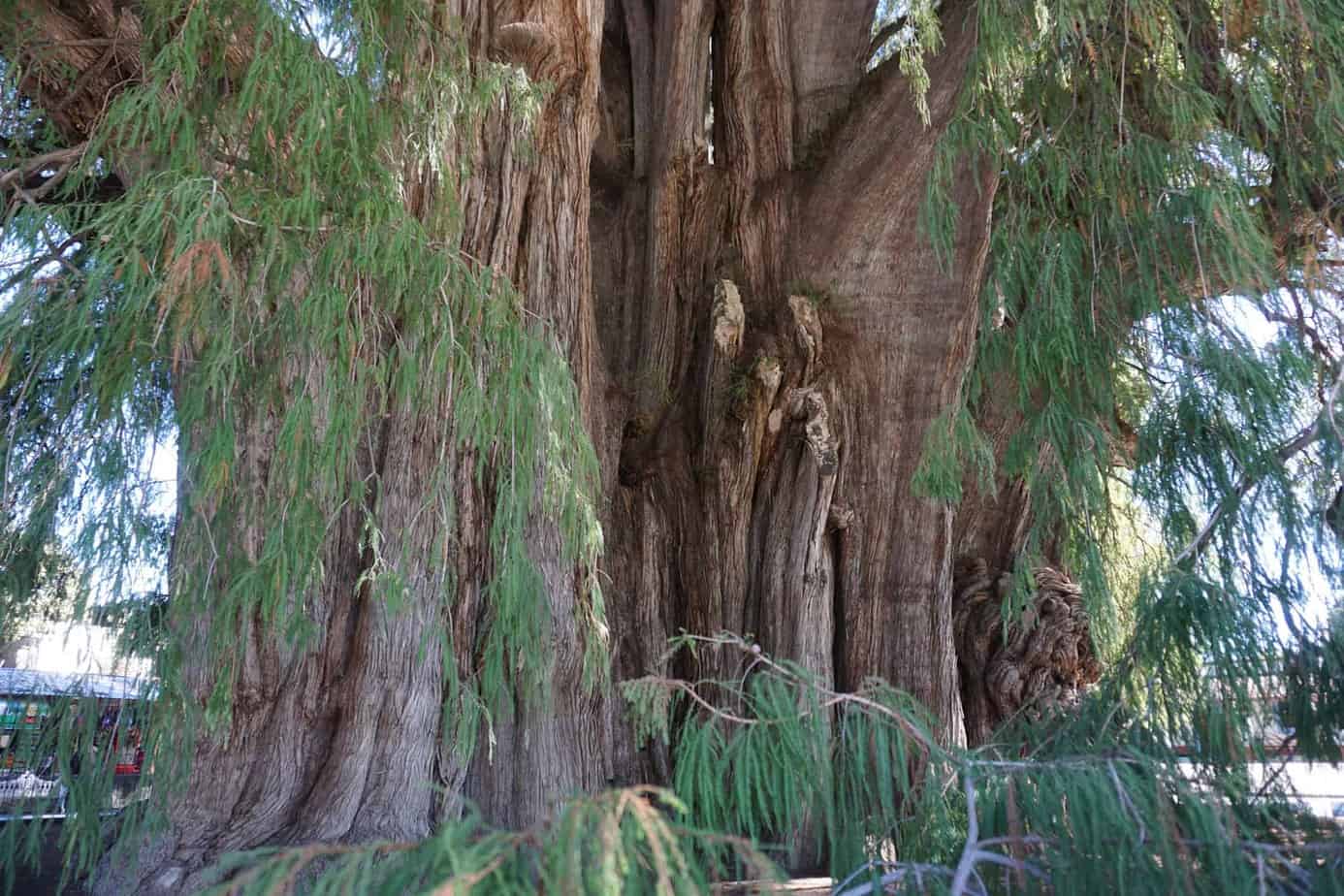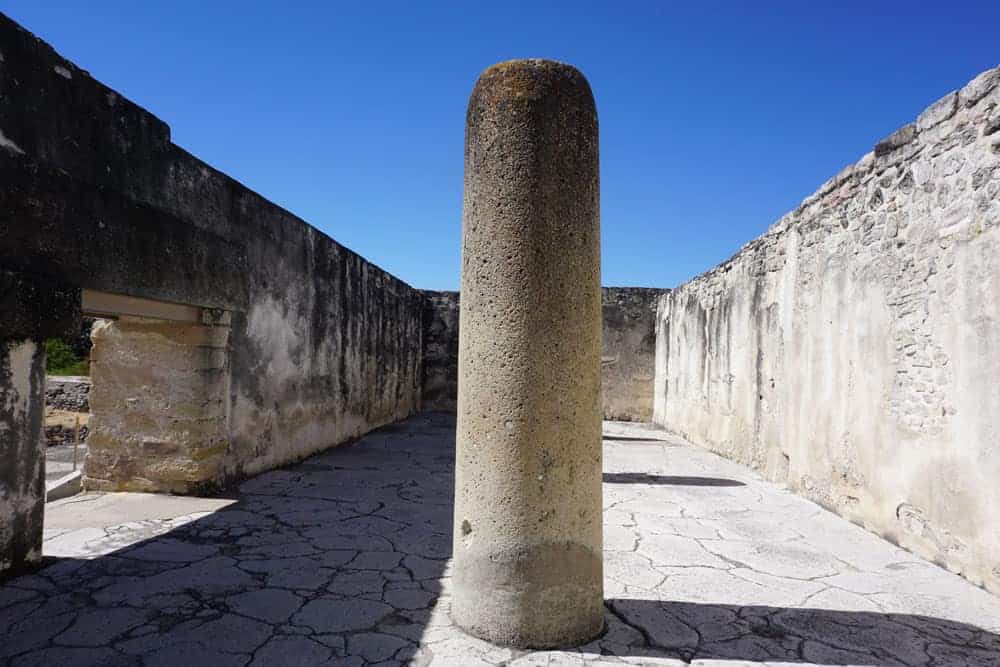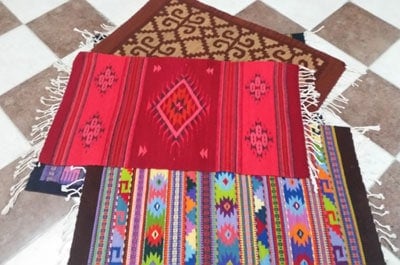4 Days
3 Nights
A perfect combination of history and lifestyle. Discover with us the ancient cultures of the Mayans and Aztecs. We show you the testimonies of diferent cultures: spectacular ruins and old temples or pyramids, the fields of the legendary ball playgrounds, sacrificial sites and much more. All your visits to the Mayan Temples can be combined with some other funny activities: swimming, snorkeling and diving in the Caribbean, plus picturesque sunsets on beaches surrounded by palm trees, enjoying an exquisite cocktail in hand or tasting the local cuisine: this is the attraction of southern Mexico.
Chichén-Itzá is the most famous and best restored Mayan site on the peninsula. It was declared a World Heritage Site by UNESCO in 1988 and one of the seven new wonders of the world. Both Chichen-Itza and Tulum are the most visited ruins in all of Mexico. This archaeological city is located on the Mexican Yucatan peninsula, about 120 km east of Mérida. Mayan culture reached its peak around 600 BC to the 13th century.
Many people visit Chichén Itzá in the spring of March 20/21 and fall September 21/22 to appreciate the equinox where the sunlight creates the illusion of a snake going up and down the stairs of the pyramid “El Castillo”. The main staircase is adorned with the feathered serpent and the door frames at the top of the temple show Toltec warriors.
“El Castillo” is also called the Kukulkan pyramid and is a typical building of Mayan architecture: quasi a stone Mayan calendar.
Other places of interest besides the great Kukulkan are:
The main dry season is the generally dry months of December to May. The weather is consistently hot and humid, only between November and February the temperatures drop slightly. During the rainy season (from June to September) there are violent tropical rains.
Chiapas. The name Palenque means "big water" Throughout the archaeological zone of Palenque large and small streams flow. It is hot and humid, so we suggest not forgetting protection against the sun or mosquitoes! The best time to visit Palenque is by arriving early in the morning when the weather is still cool and the mist envelops the ruins in a mystical haze.
So far only 5% of the ruins have been discovered (the rest is still covered by wild jungle) however this ancient Mayan metropolis has been declared a world heritage site by UNESCO since 1987. Imposing are the remains of these ruins and are probably the most impressive of all that Mayan sites in southern Mexico. Admire the marvelous Temple of the Inscriptions, the 20-meter-high pyramid and the Temple of the Crosses. Imagine how the warriors painted red with artistic details of blue and yellow stucco looked then.
Since the city of Palenque was built on man-made terraces and is located in the middle of the jungle, during your visit you can listen to the wild animals in their natural habitat: howler monkeys, toucans and ocelots.
If you want to see all the tourist destinations around Palenque you will need 2 to 3 days. We recommend visiting: The Agua Azul and Misol-Ha, Waterfalls can be visited in one day. Yaxchilan and Bonampak can be visited another day.
Quintana Roo. If you want to visit the well-preserved remains of the old Tulum seaport, don't forget your bathing suit: Here are the ruins of what was the Mayan culture and where you can appreciate the Temple of the Descending God or the Temple of the Wind, Which they are on the cliffs above the beach surrounded by palm trees.
Although the architecture in Tulum is not as impressive as in Chichén-Itzá or Uxmal, this place has been declared a World Heritage Site by UNESCO. In addition to its role as a seaport, Tulum was an important commercial and religious center. Here you can see a still intact stone Mayan calendar, where sun rays transmitted with the help of observe how by the small window the sun rays indicate the winter solstice.
Other attractions include snorkeling and diving: there is also a fantastic reef and mysterious underwater caves to explore.
After Chichén-Itzá, Uxmal is the most important Mayan site in the Yucatan Peninsula, whose origin dates back to 400 BC. Around 20,000 people lived here! Right at the entrance to the archaeological site is the enormous 38-meter pyramid of the magician, which according to legend was built within a single night. But the most powerful building is the so-called Governor's Palace, which is located on a high platform.
Uxmal is now one of the most visited Mayan ruins and, after the restoration of some buildings, it offers a good overview of the original appearance that the city had. It has a small museum with samples found in the ruins. Signs of the ball games area, pottery, etc. Every night, a light and sound show is offered in the nuns’ ring (North Temple): The ruins are illuminated in alternating colors and dramaturgically accompanied by music. A theatre performance describes the history of Uxmal origins, the life of its inhabitants and rulers, the war guilds and the invocation of Chaak their rain’s God.
Oaxaca. The ancient Zapotec capital, Monte Albán, is a few kilometers west of Oaxaca and is one of the most impressive historic sites in all of Mexico. In 1987 it was named a World Heritage Site by the UNESCO. The impressive archaeological zone is located 2,000 m above sea level on the top of an artificially flattened mountain and was first the religious center of the Zapotecs, after the Mixtec.
Overall, the boom period from Monte Alban lasted about 1,700 years until the Middle Ages. In its heyday, around 25,000 people lived in Monte Alban. They formed a well organized society in which the priests were in charge.
In addition to the archaeological zone, in the surroundings there are many tourist attractions:
with its historical and cultural richness, Oaxaca is a fascinating tourist destination where ancient civilizations, colonial architecture and tradition that still persist come together. The culture and warmth of its inhabitants make a trip to Oaxaca an extraordinary experience.
We recommend the following destinations during your stay in Oaxaca. We will glady support you in the organization:

This place is known for the copal wood carvings, better known as “Alebrijes”. These asymmetrical figures arose from a dream that Pedro Linares had in Mexico City and was introduced to the Oaxaca area in the 1980’s. The designs were adapted to the copal wood carving technique that was dominated by artisans of the region, mostly represented by jaguars, tigers, mermaids, cats and nahuals. The adaptation of the alebrije was perfected by Manuel Jimenez, a native of San Antonio Arrazola.

Ex-Convent Cuilapan de Guerrero is a jewel of the architecture of the colonial period built in 1555 and although it could never be completed, its majesty and its Gothic style reveal the sobriety and grandeur of this religious order. Like many of the buildings in Oaxaca, the Cuilapan convent was made with quarry carved by indigenous artisans.

The town of pre-Hispanic origin, by the archaeological finds found it is known that it was a zapotec settlement from time immemorial. The main attraction is the black clay pottery made by local artisans and whose originality and designs are unique in the world. We recommend visiting the “Doña Rosa” gallery, where the rudimentary techniques in the elaboration of different types of ceramics are shown.

Among the natural beauties of Oaxaca, one of the most astonishing is the gigantic and unique sabino called “El Arbol del Tule”. It has a height of 40m., A diameter of 52.58 m., A weight of 509 tons, and approximately 2,000 years old. It is located in the town of Santa Maria El Tule, just 12 km from the City of Oaxaca, where you can also visit a small temple dating from 18th century with baroque altarpieces. After the visit don’t forget to try the homemade liquor made by the women of the monastery.

“Hierve el Agua” is a system of petrified waterfalls made of calcium carbonate. The waterfalls are of natural origin and were formed thousands of years ago by the dripping of water with a high mineral content. The water has a temperature of around 24 degrees Celsius and the waterfalls are between 12 and 30 meters high. At the top of the waterfall where the falling water originates a large pool was formed, which currently serves as a natural spa with hot spring.

Mitla is the most important ceremonial center after Monte Alban, the word Mitla is of Nahuatl origin and means “Place of the Dead” The greatest attraction is undoubtedly the varied ornamentation of its buildings, achieved through the fretwork system that distinguishes it from the rest of the country. There are five groups of constructions known as: “Grupo del Sur”, “Grupo del Adobe”, “Grupo del Arroyo”, “Grupo de las Columnas” and “Grupo de la Iglesia”. In the north and east buildings are the most beautiful tombs, where the Zapotec priests and kings were buried.

The famous Mexican liquor made from the pulp of the agave has an alcohol content of 40% and is made from the heart of the plant after it has first bloomed. The leaves are cut off, the "pineaple" is cooked and ground; then it is fermented and distilled several times. The famous worm (Gusano del Maguey), which is actually a caterpillar, should not be missing in the tasting.

At the end of the day, visit “El Tejedor” (the weaver) from Teotitlán del Valle. In Teotitlán del Valle, you can see the drying, freshly dyed wool threads waiting to be processed. We dye with natural products. The whole place specializes in the production of rugs and each family, mostly of Zapotec origin, has its own style of weaving.